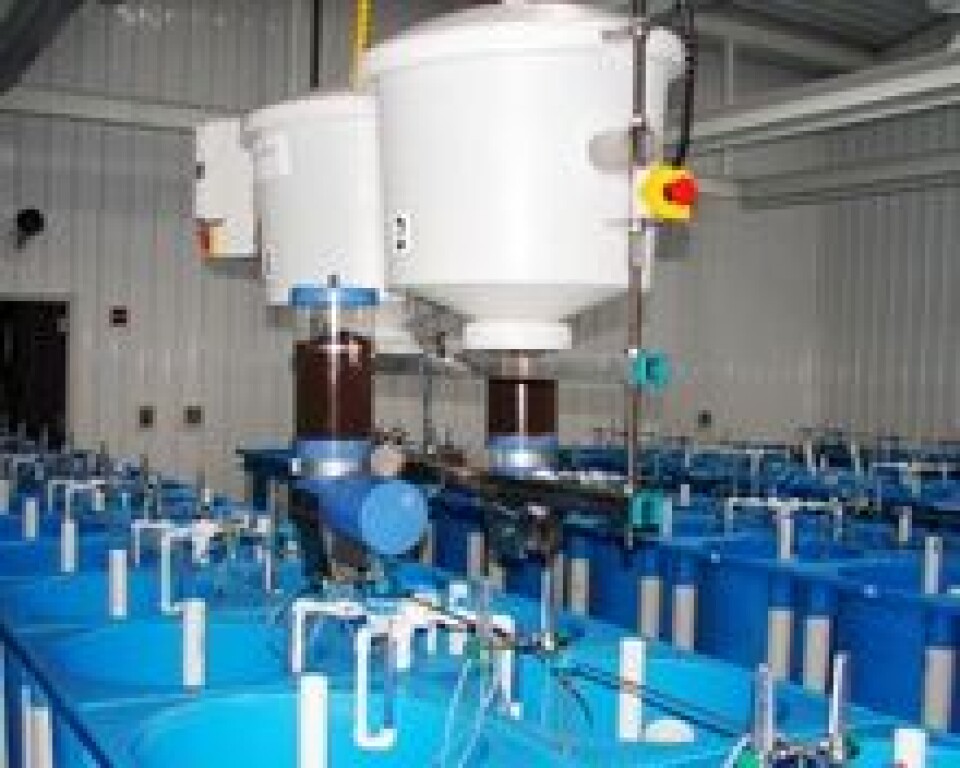
NOAA studying alternative raw materials for aquaculture feeds
Odd Grydeland According to its web site, The National Oceanic and Atmospheric Administration (NOAA) in partnership with the U.S. Department of Agriculture (USDA) launched the Alternative Feeds Initiative on November 15, 2007, to accelerate the development of alternative feeds for aquaculture. The text below describes the purpose of the joint initiative, and provides background information on aquaculture feeds, upcoming events, and publications of interest.The purpose of the NOAA-USDA Alternative Feeds Initiative is to identify alternative dietary ingredients that will reduce the amount of fishmeal and fish oil contained in aquaculture feeds while maintaining the important human health benefits of farmed seafood. Ultimately, the initiative will lead to the commercialization of alternatives for some species which will result in reduced dependence on marine fish resources by feed manufacturers and seafood farmers worldwide. NOAA is partnering with the USDA's Agricultural Research Service and Cooperative State Research, Education, and Extension Service on the initiative, which will build on ongoing USDA and NOAA research to identify alternative protein and oil sources for aquaculture feeds.The major components of the joint initiative are:
- Solicit ideas and suggestions on alternatives from the public (comment period now closed;
- Convene a panel of U.S. and international researchers to gauge the current state of alternative feeds research and suggest priorities for future research (February 2008);
- Convene a stakeholder panel to discuss issues associated with feeds, including human health and nutrition factors; the environmental effects of feeds production, such as the pressure on reduction fisheries; ongoing research on alternative ingredients, such as plant proteins; the importance of viable alternatives from a manufacturer’s perspective. This panel will also inform future research priorities (April 2008);
- Develop and distribute a white paper summarizing the results of the two panels and charting the course for the development of alternative aquaculture feeds in the United States.






















































